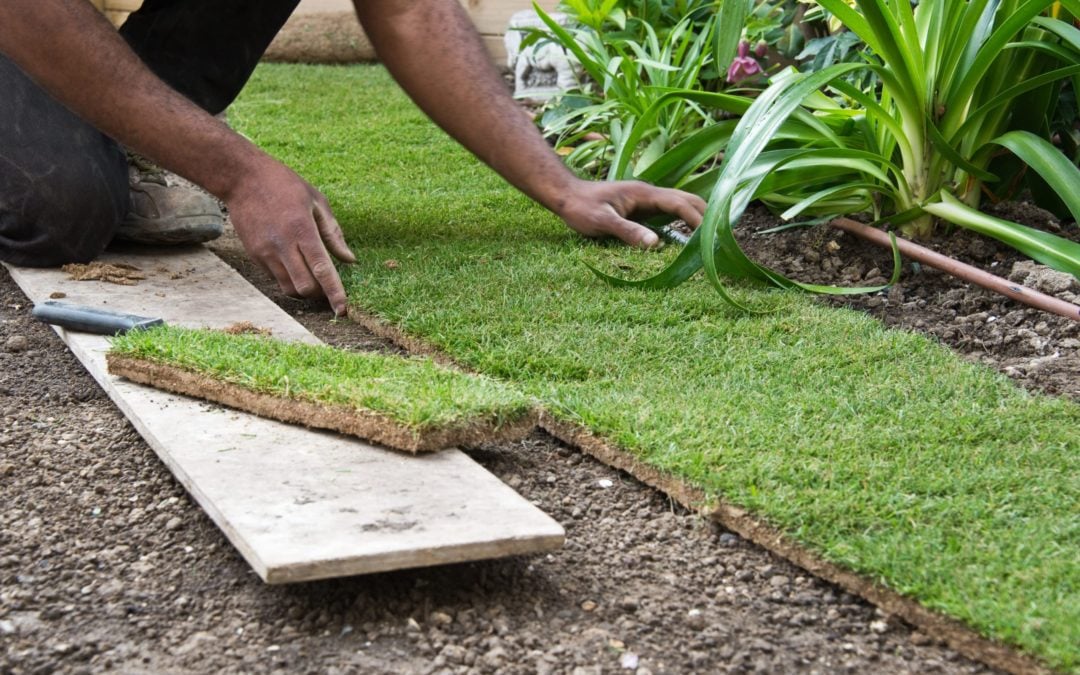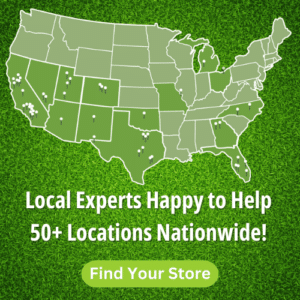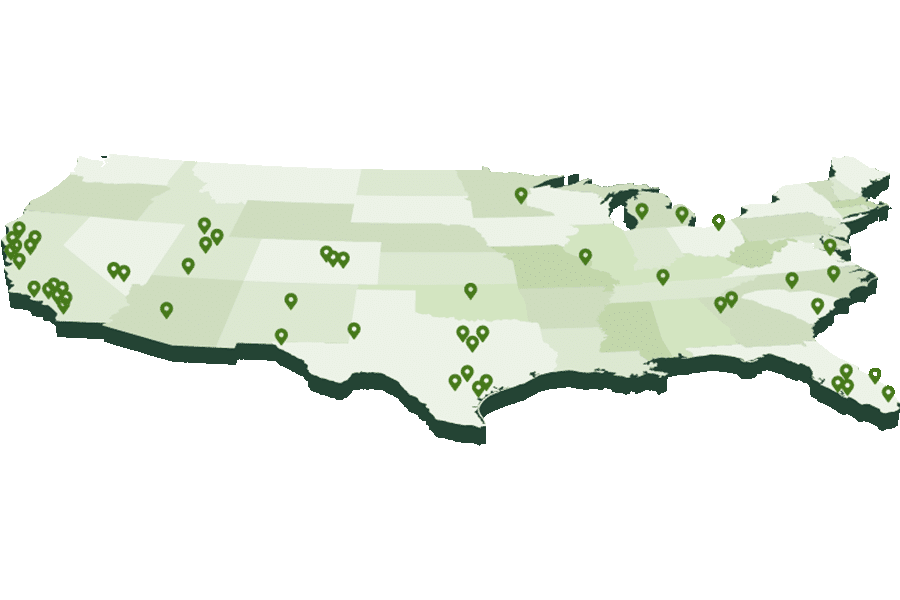Just a few years back, many cities in California had ordinances in place specifically stating that installing artificial grass in one’s front yard was not allowed. Artificial turf was labeled as ugly and unbecoming of a neighborhood. It was even cited as a potential environmental problem that could cause lead poisoning and the “heat island” effect, or a regional elevation in temperature resulting from unnatural surfaces retaining heat. Violators could face fines or have their cases referred to the City Attorney, who could then cite them with the Franchise Tax Board, thus affecting property taxes and tax write-offs.
In short, having artificial grass was just short of criminal behavior.
But in recent months, cities all around California have begun to have a change of heart regarding artificial grass. Fountain Valley and Mission Viejo in Orange County are among the growing list of cities looking into lifting the artificial turf bans. The 2014 drought has made state and local governments take a close look at the future water availability in California, and the outlook didn’t look good.
- California lacks consistent rainfall.
- Lately, the state has experienced droughts that are becoming more intense and more frequent.
- As an agricultural state, California needs vast quantities of water for its farmland, which covers over 5,680,000 acres.
- California currently has a population of over 30 million people. The state is projected to experience a 66% increase in the next ten years.
- In many parts of the California, the water infrastructure is substandard.
- Many of the current water resources are thinning out. Dams and reservoirs and drying up, meanwhile the Sierra Nevada Mountains, which is one of the four primary water sources in California, is projected to have 25% less snowpack in upcoming decades.
All told, the most popular state in the country has an increasing population, less rainfall, and an inferior system of retaining and redistributing the water it has.
California is facing a serious water crisis, and local governments decided that the wise move in the long term is to avoid contributing to the problem. Since natural grass lawns are voracious consumers of water, the solution to cut down on water use was to eliminate the lawns. Consequently, many cities have incentivized using artificial grass by offering rebates to homeowners willing to rip out their natural grass and replace it with artificial turf and native plants.
The Los Angeles Department of Water and Power (LADWP) has a turf removal rebate program in place, called Socal Water Smart, offering between two to three dollars in rebates per square foot of grass turf that is removed. This program covers all of Los Angeles. The specific cash rebate amounts vary from place to place. Use their Rebate Calculator to see how much money you can save.
Beyond the tremendous environmental relief for the state and monetary incentives for homeowners, artificial grass is a good investment all around. No mowing or weeding, no pesticides, insecticides or fungicides, and high durability. Best of all, the latest artificial turfs are aesthetically pleasing, looking like what most Californians could only wish their natural lawns would resemble.
It’s a shame that it took the desperate measures of a drought to make local governments lift their bans on artificial grass, but it’s better late than never. As more Californians enjoy the benefits of eliminating natural grass, hindsight will view this decision as a no-brainer and a necessary change.
Download the Drought Guide to find out how CA homeowners are saving water (and Money!) during the drought.





